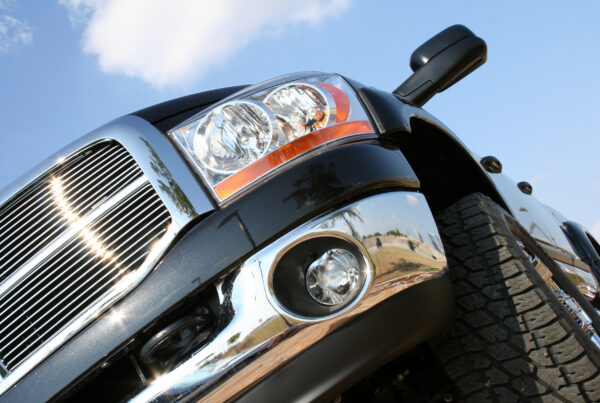Nowhere is anger less helpful, more common, and potentially more dangerous than when we are behind the wheel of a car.
And yet, according to new data, there has been a significant rise in road rage assaults in recent years. Fatal car crashes linked to aggressive driving climbed nearly 500% in 10 years, according to the National Highway Traffic Safety Administration, from 80 in 2006 to 467 in 2015.
In our current time-poor world it seems that the busyness of every day life is leaving drivers with very little patience once out on the road.
The increase should act as a stark reminder for drivers to calm down and be more vigilant, though Monash University assistant psychology lecturer Lauren Shaw is quick to point out that it is hard to determine the accuracy of such statistics.
“It’s very difficult to quantify,” Ms Shaw said.
“Some of the behaviours that we consider aggressive driving could fall into the dangerous driving category,” she said.
“Others are offences in and of themselves, for example speeding is often a behaviour that we consider aggressive. Whereas something else like honking the horn, it’s not actually clear what that is.”
In her research, Ms Shaw said drivers told her they acted aggressively to try to teach other road users a lesson.
So with those thoughts in mind, what are the primary factors that cause road rage and how can drivers avoid them while driving?
What causes road rage?
- Person-related factors such as age, gender, beliefs, or mood
- Contextual stressors such as heavy traffic, time pressures, road works, or hot temperatures
- Interpretations of the incident: for example, personalising, catastrophizing, overgeneralising,
- standard violations
- The anonymity we feel in the car
- Inability to communicate in another way
How to avoid road rage?
- Watch out for the illusion of control
- Consider other drivers might not be malicious
- Avoid blame and punishment, and be forgiving
- Let go of the struggle
- Slow down, breather, and speak to yourself in a calm, reassuring voice
- Focus your attention on safe and calm driving




















